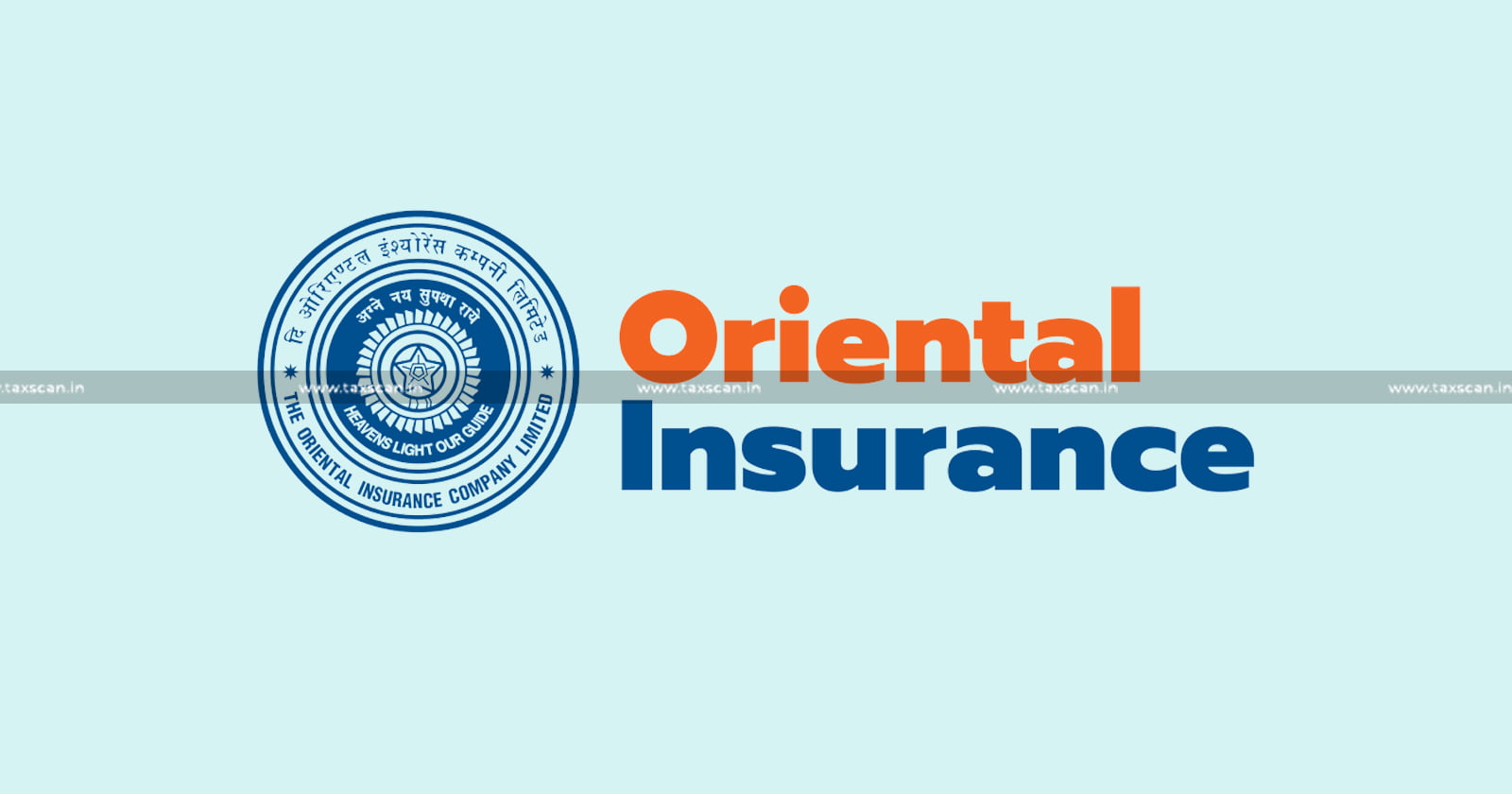Re-insurance services not excluded from the definition of ‘input services’ under Rule 2(l) of the CCR: Delhi HC rules in Favour of Oriental Insurance Company

In the case of Oriental Insurance Company, the Delhi High Court (HC) has held that re-insurance services are not excluded from the definition of ‘input services’ under rule 2(l) of the CENVAT Credit Rules, 2004 (‘CCR’).
The revenue filed an appeal under Section 35G of the Central Excise Act, 1944 read with Section 83 of the Finance Act, 1994 (‘the Act’) impugning a final order dated 28.01.2021 (‘the impugned order’) passed by the Customs, Excise & Service Tax Appellate Tribunal, New Delhi (‘CESTAT’). By the impugned order, the CESTAT had held that the Oriental Insurance Company Ltd. (‘OIC’) is entitled to avail of Central Value Added Tax (‘CENVAT’) credit on re-insurance services (Indian as well as Foreign Insurance).
It was argued by the Revenue (appellant), the CESTAT’s conclusion is erroneous because by Rule 2(l) of the CENVAT Credit Rules, 2004 (‘CCR’) as applicable during the period 01.04.2011 to 20.07.2012, CENVAT Credit was unavailable for insurance in respect of a motor vehicle. Demand cum Show Cause Notice dated 05.12.2014
OIC is engaged in the business of providing general insurance service and re-insurance services, being a registered insurer under the provisions of the Insurance Act, of 1938. The Commissioner, Central Excise Service Tax issued a Demand-cum-Show Cause Notice dated 05.12.2014. The show cause notice was issued based on a Modus Operandi, Circular No. 29/2013-14 dated 18.03.2014 issued by the Additional Director General, Directorate of Service Tax Mumbai.
The said Circular was in respect of wrongful availment of CENVAT Credit in respect of service tax paid on reinsurance premium. It was alleged that insurance companies were wrongfully availing credit in respect of service tax paid on re-insurance premiums for discharge of service tax payable on insurance services.
According to the Revenue, the service tax on the re-insurance premium was not covered within the definition of ‘input service’. OIC had availed input credit in respect of re-insurance premiums as well as on payments made to pool members of the Indian Motor Third Party Insurance Pool.
The CESTAT accepted that re-insurance services were not excluded from the ambit of input services under Rule 2(l) of the CCR with effect from 01.04.2011 as the re-insurance services could not be construed as relating to a motor vehicle. The definition of ‘input services’ under Rule 2(l) of the CCR was amended vide Notification no. 3/2011 -CE (NT) dated 01.04.2011 to specifically exclude certain services under Clause (B).
Re-insurance is a matter between one insurance company and another, where the former insurer company indemnifies the latter against part of the loss that the latter insurance company may sustain under policy or policies issued by it.
Justice Vibhu Bakhru and Justice Amit Mahajan observed that the show cause notice had proceeded on basis that the re-insurance services are not input services because they are received by OIC after the insurance services have been rendered; re-insurance services are not essential for providing insurance services; and re-insurance services are not directly or indirectly used for providing output services.
It was alleged that re-insurance services were specifically excluded from the scope of input services under an amendment to Rule 2(l) of the CCR introduced with effect from 01.04.2011 – that is, by the exclusion contained in Clause (B) of Rule 2(l) of the CCR –is not a grounds which was stated in the show cause notice.
The Court viewed that OIC’s appeal is solely on the conclusion that re-insurance services were not excluded from the definition of ‘input services’ under Rule 2(l) of the CCR during the period in question (Financial Year 2011-2012). The appeal of the revenue is dismissed.
To Read the full text of the Order CLICK HERE
Support our journalism by subscribing to Taxscan premium. Follow us on Telegram for quick updates


